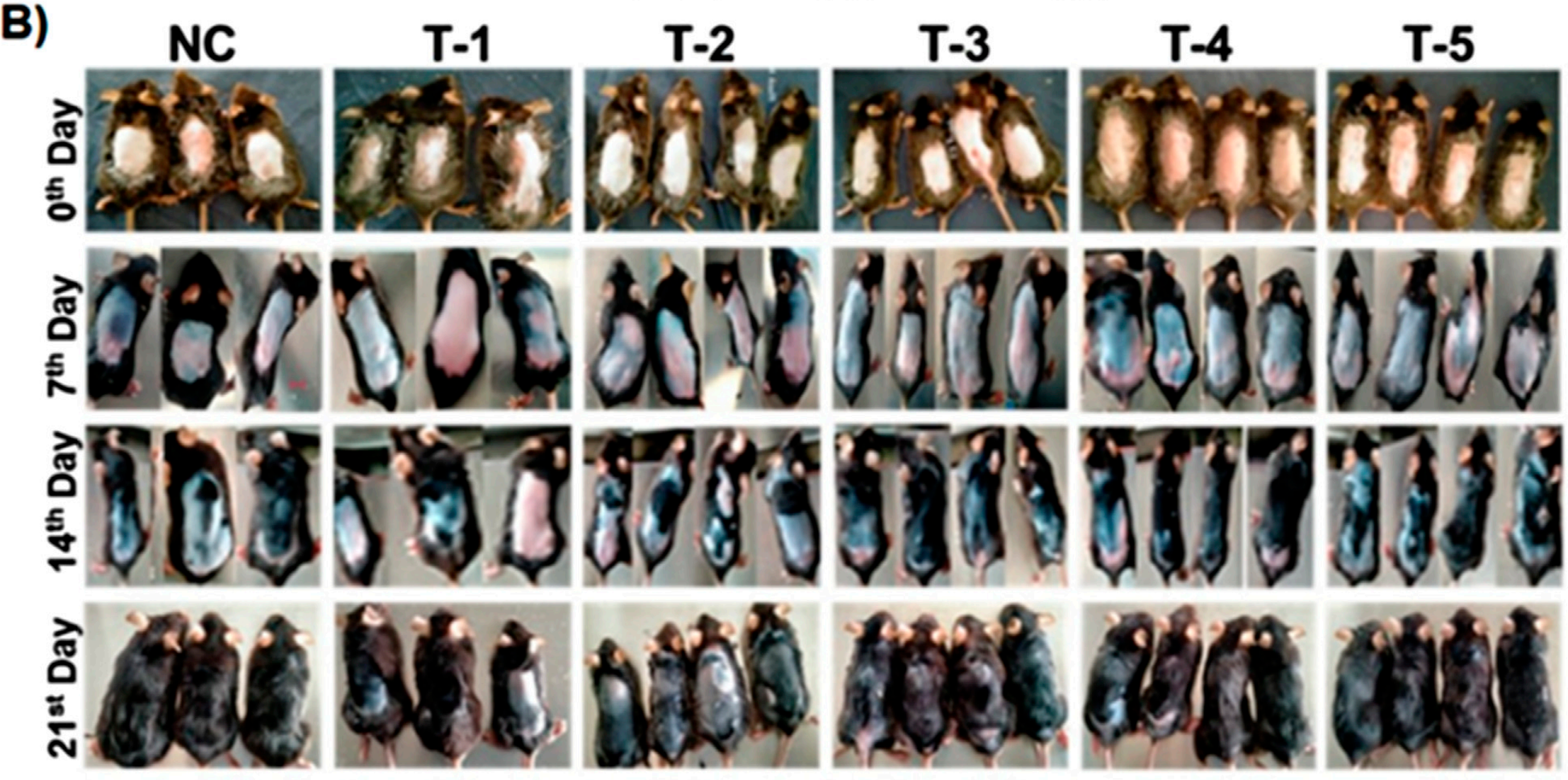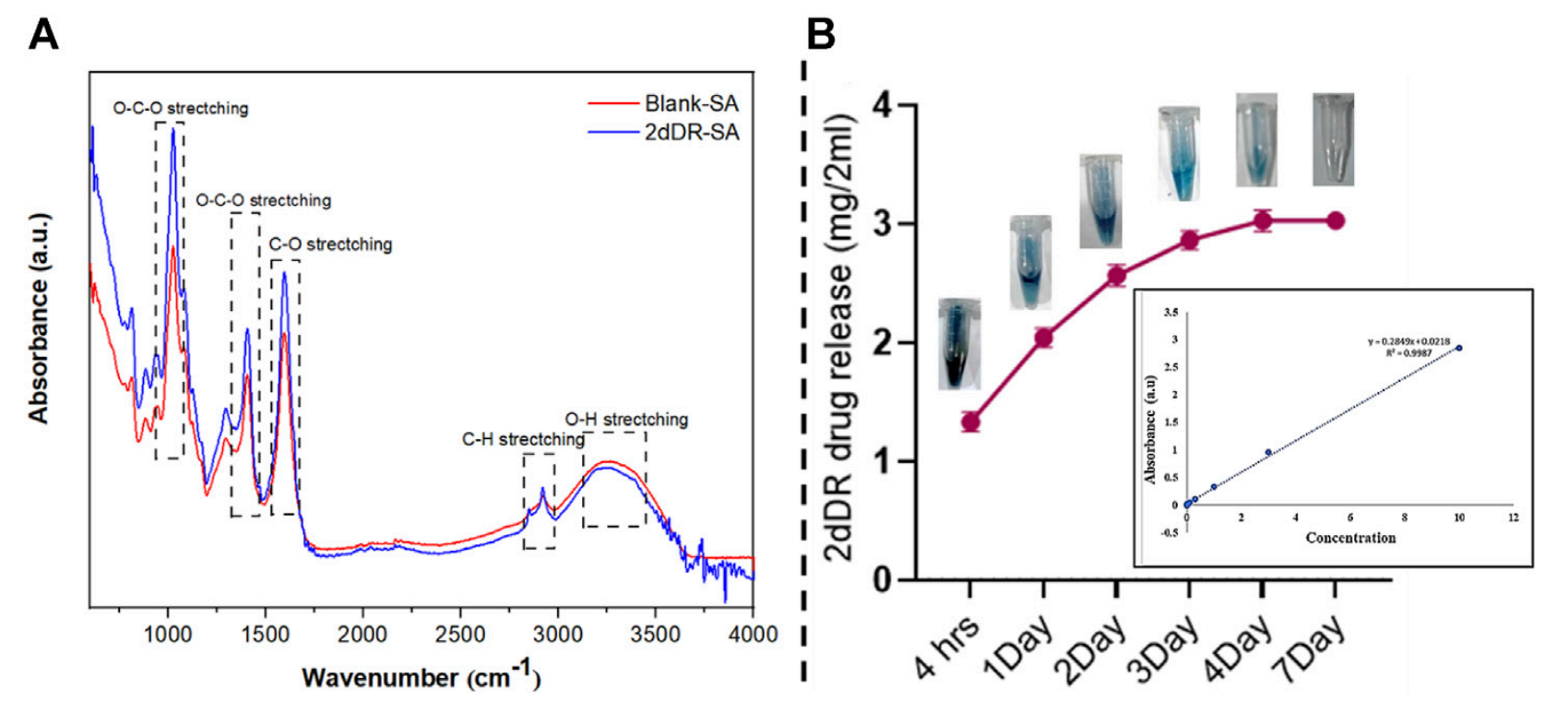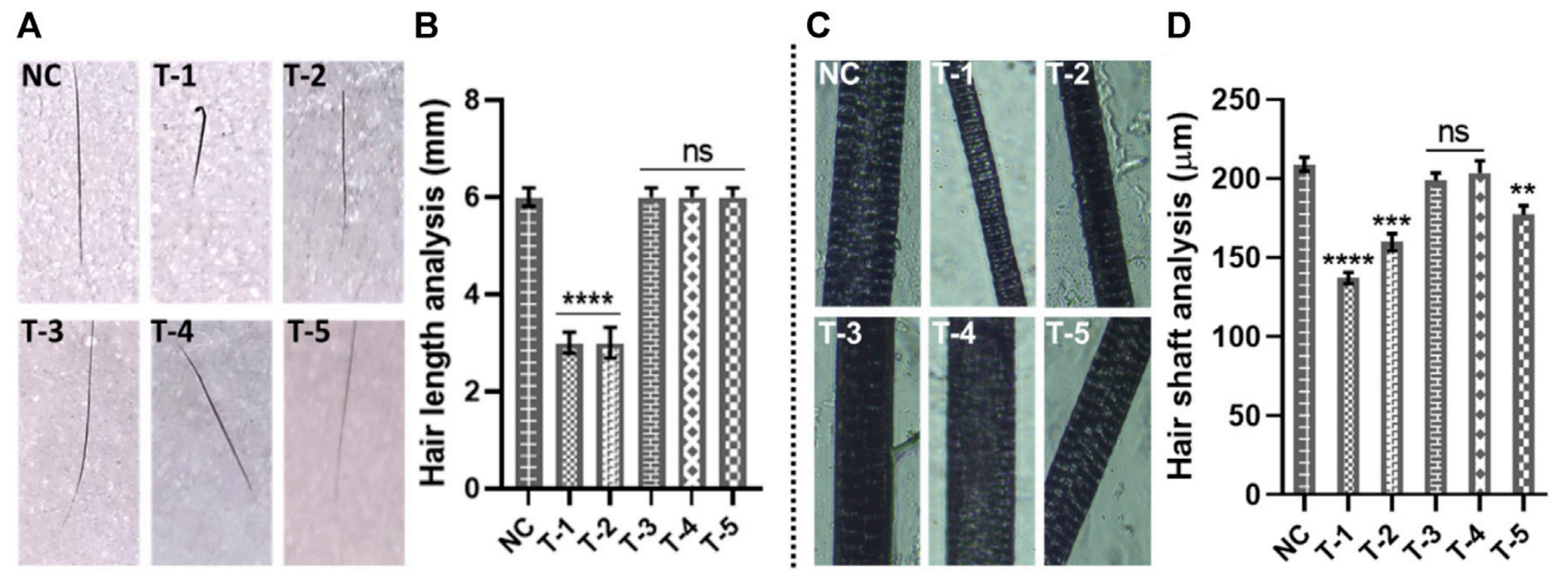If you’re among the millions experiencing thinning hair, new research into a naturally occurring sugar could offer fresh hope. Scientists recently discovered that a simple sugar found in your body, known as 2-deoxy-D-ribose (2dDR), can encourage hair regrowth by improving blood flow to hair follicles.
The findings, published in the journal Frontiers in Pharmacology, offer an exciting possibility for millions of people worldwide facing hereditary-patterned hair loss, scientifically known as androgenic alopecia (AGA).
Hair loss affects people of all ages and backgrounds, with hereditary-patterned baldness being the most common form. By age 50, half of Asian men and up to 80 percent of White men experience noticeable thinning or baldness. Even 40 percent of White women face this condition by age 70.

Hormones play a big role. Testosterone converts into a stronger hormone called dihydrotestosterone (DHT), which binds to receptors in hair follicles. Over time, DHT shrinks follicles, extends the resting phase (telogen), and delays new hair growth. This hormonal shift gradually leads to baldness.
Currently, treatment options are limited. Minoxidil (Rogaine) and finasteride (Propecia) are the only FDA-approved drugs for AGA. Minoxidil increases blood flow to follicles, prolonging growth phases, while finasteride blocks testosterone’s conversion into DHT. However, both medications have drawbacks. Minoxidil can cause skin irritation and even rare heart problems, while finasteride may lower sex drive and cause emotional distress. Therefore, safer alternatives are in high demand.
Researchers at the University of Sheffield and COMSATS University initially explored how 2dDR could accelerate wound healing. This natural sugar aids cell growth, new blood vessel formation, and tissue regeneration. While treating mouse wounds, researchers unexpectedly noticed faster hair growth surrounding these areas.
Related Stories
Intrigued, scientists wondered if 2dDR might directly stimulate hair regrowth by boosting blood vessel formation around follicles. To test this, they designed experiments mimicking human male-pattern baldness in mice. These mice received testosterone injections, replicating hormonal-driven hair loss.
To deliver the sugar effectively, researchers developed a gel containing sodium alginate, propylene glycol, phenoxyethanol, and 2dDR. Sodium alginate is safe and biodegradable, making it ideal for topical treatments. Propylene glycol improves absorption, while phenoxyethanol keeps the gel stable and sterile.
Mice were divided into four groups: one received the 2dDR gel, another minoxidil, a third group got both treatments combined, and the final group had neither (a control). Each treatment was applied daily for 20 days, allowing researchers to closely track changes.

Results were striking. Both minoxidil and 2dDR separately triggered substantial hair growth. The sugar-based gel was 80–90 percent as effective as minoxidil. Skin tissue examinations revealed thicker, healthier hair follicles, increased melanin content (which colors hair), and better blood vessel development.
Surprisingly, combining minoxidil with 2dDR offered no significant benefit over using either treatment alone. This suggests the sugar gel alone might be a strong alternative to existing medications.
While researchers aren’t yet certain of the exact process, evidence suggests 2dDR encourages new blood vessel formation (angiogenesis) around hair follicles. Better blood circulation provides essential nutrients and oxygen, helping hair follicles grow thicker and healthier hairs.

Vascular endothelial growth factor (VEGF), a protein involved in forming new blood vessels, plays a central role. Studies previously showed that 2dDR significantly boosts VEGF production, reinforcing the idea that improved blood flow is key to hair growth.
“Our research suggests that the answer to treating hair loss might be as simple as using a naturally occurring deoxyribose sugar to boost the blood supply to the hair follicles,” explained Professor Sheila MacNeil, a tissue engineering expert at Sheffield University.
Professor Muhammed Yar of COMSATS University emphasized the sugar’s appeal, noting it’s “naturally occurring, inexpensive, stable, and deliverable from various gels or dressings.” These factors make it attractive for further research and possible commercialization.
If effective in humans, this discovery could have far-reaching benefits. Beyond treating hereditary-patterned baldness, 2dDR gels could help patients experiencing hair loss after chemotherapy. Chemotherapy drugs often damage rapidly dividing cells, including hair follicles. Stimulating quick hair regrowth through improved blood flow could greatly improve quality of life for cancer survivors.

Additionally, since current hair loss treatments have side effects and limited effectiveness, introducing a naturally derived solution might reduce risks. As Professor MacNeil noted, hair loss significantly impacts self-esteem and confidence, underscoring the importance of finding safer and more effective solutions.
While these findings are promising, researchers stress the need for further study. Human clinical trials are essential to confirm safety and effectiveness in people. Scientists also want to understand exactly how 2dDR influences hair follicles at the cellular level. This deeper knowledge could open doors for even better treatments down the road.
“Right now, this research is early-stage,” said Professor MacNeil. “But the results are promising enough to justify more investigation.”
If future studies confirm these benefits, 2dDR could become a groundbreaking addition to hair loss treatments, offering a natural, affordable, and effective alternative for millions worldwide.
Note: The article above provided above by The Brighter Side of News.
Like these kind of feel good stories? Get The Brighter Side of News’ newsletter.
The post Groundbreaking sugar treatment could be the cure for baldness appeared first on The Brighter Side of News.